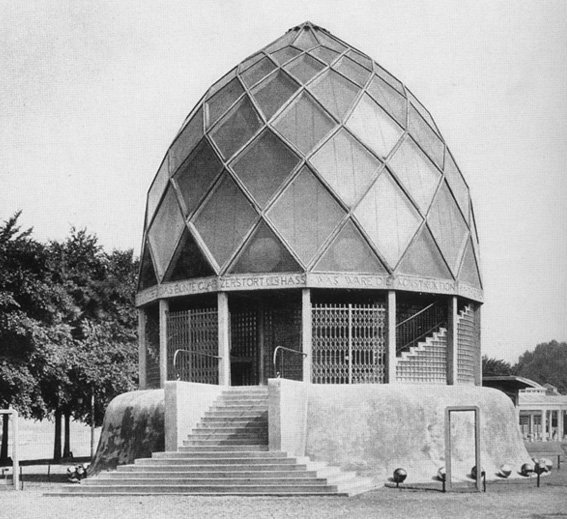EDWARD MUNCH, SCREAM (1893)
Expressionism was a modernist movement, initially in poetry and painting, originating in Germany at the beginning of the 20th century. Its typical trait is to present the world solely from a subjective perspective, distorting it radically for emotional effect in order to evoke moods or ideas.Expressionist artists sought to express meaning or emotional experience rather than physical reality.Expressionism was developed as an avant-garde style before the First World War. It remained popular during the Weimar Republic, particularly in Berlin. The style extended to a wide range of the arts, including painting, literature, theatre, dance, film, architecture and music.
The term is sometimes suggestive of emotional angst. In a general sense, painters such as Matthias Grünewald and El Greco are sometimes termed expressionist, though in practice the term is applied mainly to 20th-century works. The Expressionist emphasis on individual perspective has been characterized as a reaction to positivism and other artistic styles such as naturalism and impressionism.
Expressionism in Architecture
In architecture, two specific buildings are identified as Expressionist: Bruno Taut's Glass Pavilion of the Cologne Werkbund Exhibition (1914), and Erich Mendelsohn's Einstein Tower in Potsdam, Germany completed in 1921. The interior of Hans Poelzig's Berlin theatre (the Grosse Schauspielhaus), designed for the director Max Reinhardt, is also cited sometimes. The influential architectural critic and historian Sigfried Giedion, in his book Space, Time and Architecture (1941), dismissed Expressionist architecture as a part of the development of functionalism. In Mexico, in 1953, German émigré Mathias Goeritz, published the "Arquitectura Emocional" (Architecture emotional) manifesto with which he declared that "architecture's principal function is emotion". Modern Mexican architect Luis Barragán adopted the term that influenced his work. The two of them collaborated in the project Torres de Satelite (1957–58) guided by Goeritz's principles of Arquitectura Emocional. It was only during the 1970s that Expressionism in architecture came to be re-evaluated more positively
Expressionist architecture was individualistic and in many ways eschewed aesthetic dogma, but it is still useful to develop some criteria which defines it. Though containing a great variety and differentiation, many points can be found as recurring in works of Expressionist architecture, and are evident in some degree in each of its works.
Distortion of form for an emotional effect.
Subordination of realism to symbolic or stylistic expression of inner experience.
An underlying effort at achieving the new, original, and visionary.
Profusion of works on paper, and models, with discovery and representations of concepts more important than pragmatic finished products.
Often hybrid solutions, irreducible to a single concept.
Themes of natural romantic phenomena, such as caves, mountains, lightning, crystal and rock formations.
As such it is more mineral and elemental than florid and organic which characterized its close contemporary art nouveau.
Utilises creative potential of artisan craftsmanship.
Tendency more towards the gothic than the classical. Expressionist architecture also tends more towards the romanesque and the rococo than the classical.
Though a movement in Europe, expressionism is as eastern as western. It draws as much from Moorish, Islamic, Egyptian, and Indian art and architecture as from Roman or Greek.
Conception of architecture as a work of art.
http://en.wikipedia.org/wiki/Expressionism
http://en.wikipedia.org/wiki/Expressionist_architecture



Hiç yorum yok:
Yorum Gönder